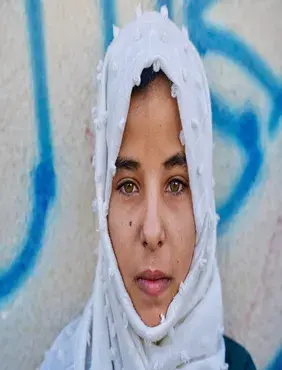Yemen remains the site of one of the world’s largest humanitarian crises. A staggering 23.4 million people — 73 per cent of the population — require some form of humanitarian assistance in 2022, the result of seven years of escalating conflict.
Millions have been uprooted from their homes, the economy has collapsed and nearly the entire health system has cratered, allowing preventable diseases, such as cholera and COVID-19, to spread unchecked.
Women and girls are among the hardest hit. An estimated 77 per cent of the 4.3 million people displaced in Yemen are women and children. Approximately 26 per cent of displaced households are now headed by women (compared to 9 per cent before the escalation of the conflictin 2015), an indication of increased precarity because of the loss of male breadwinners, while discriminatory societal attitudes towards women’s economic engagement and movement remain unchanged.
Levels of maternal mortality are rising. One Yemeni woman dies every two hours during childbirth, from causes that are almost entirely preventable. An estimated 8.1 million women and girls of childbearing age require help accessing reproductive health services, including antenatal care, safe delivery services, postnatal care, family planning, and emergency obstetric and newborn care. Among them are 1.3 million women who will deliver in 2022, of whom 195,000 are projected to develop complications, requiring medical assistance to save their lives and that of their
newborns.
Over 1 million pregnant and breastfeeding women are projected to experience acute malnutrition sometime in the course of 2022. They risk giving birth to newborns with severe stunted growth, and nursing malnourished infants, as a result of rising food insecurity. Only half of Yemen’s hospitals remain functional. Due to extreme shortages of essential medicines, supplies and specialized staff, only 1 in 5 of the functioning facilities is able to provide maternal and child health services.
Nineteen out of 22 governorates face severe shortages in available maternity beds – 6 beds per 10,000 people, half of the WHO standard. In addition, an estimated 42.4 per cent of Yemen’s population lives more than one hour away from the nearest fully or partially functional public hospital.
Women and girls also suffer disproportionately from gender-based violence, poverty and violations of basic rights. While this situation existed prior to the conflict, it is now greatly exacerbated as communities and families increasingly resort to negative coping strategies to survive. With limited shelter options and a breakdown in formal and informal protection mechanisms, girls are increasingly vulnerable to child marriage, human trafficking, begging and child labour, among others. Women and girls with disabilities face an even greater risk of gender-based violence in the communities and available services are not equipped logistically to accommodate their needs. An estimated 6.5 million women and girls will require services to prevent and address gender-based violence in 2022. However, such services remain overstretched across Yemen, and completely absent in some hard-to-reach areas.
The cumulative impact of conflict and deprivation has also taken a heavy toll on the mental health of Yemenis, particularly its women and girls. Mental health care remains scarce, and mental illness is highly stigmatized. An estimated 7 million people require mental health treatment and support, but only 120,000 have uninterrupted access to these services.


